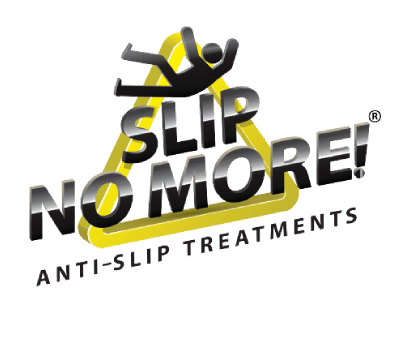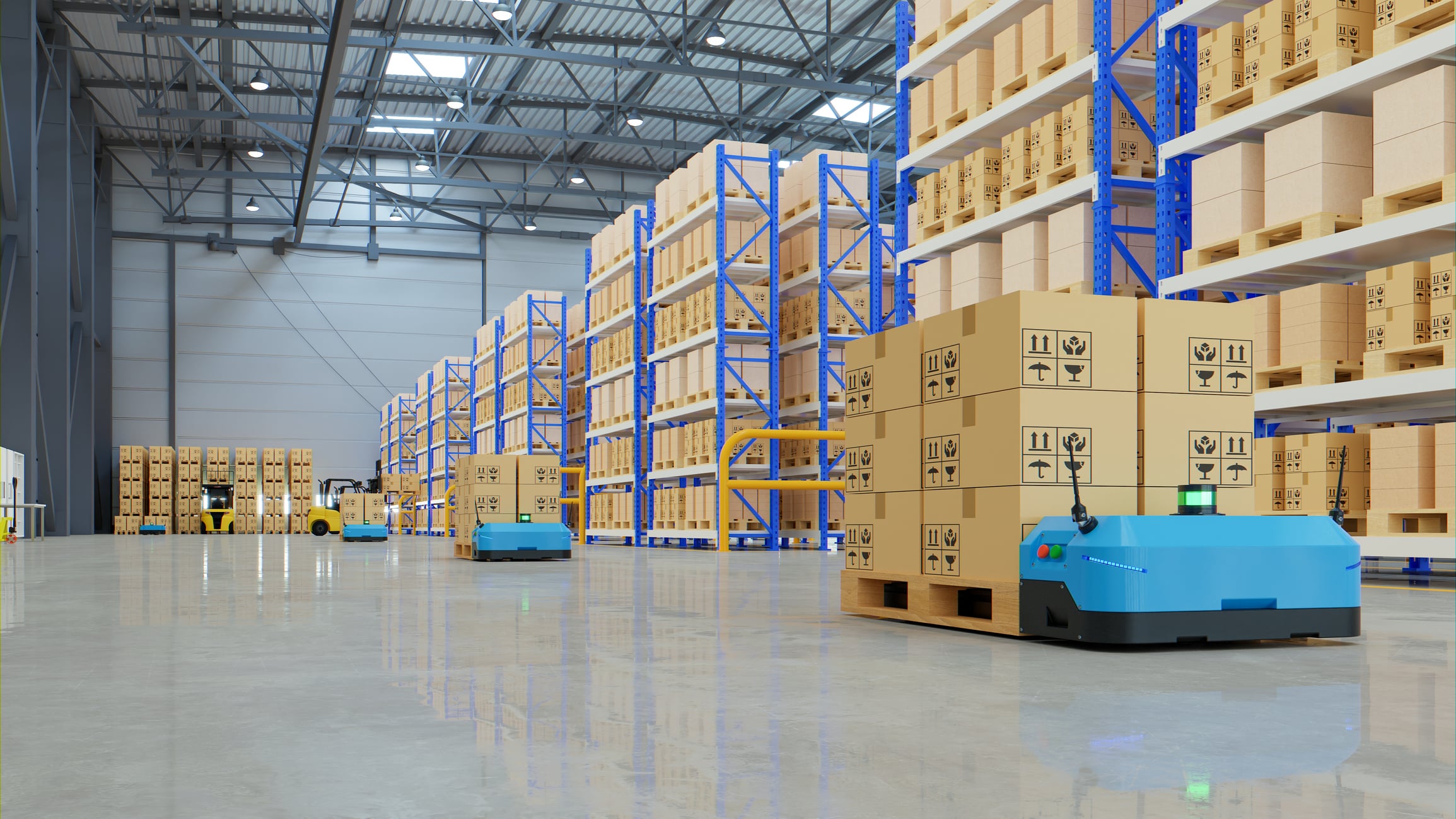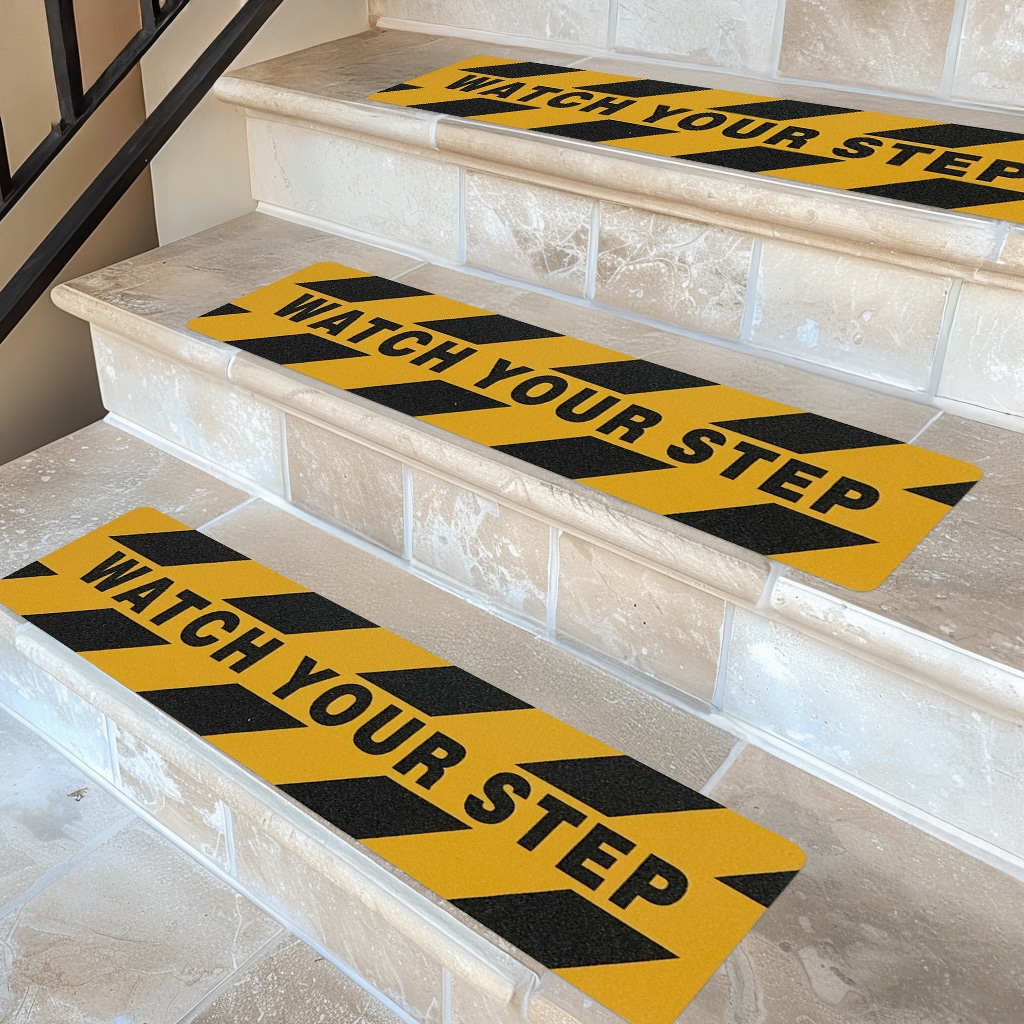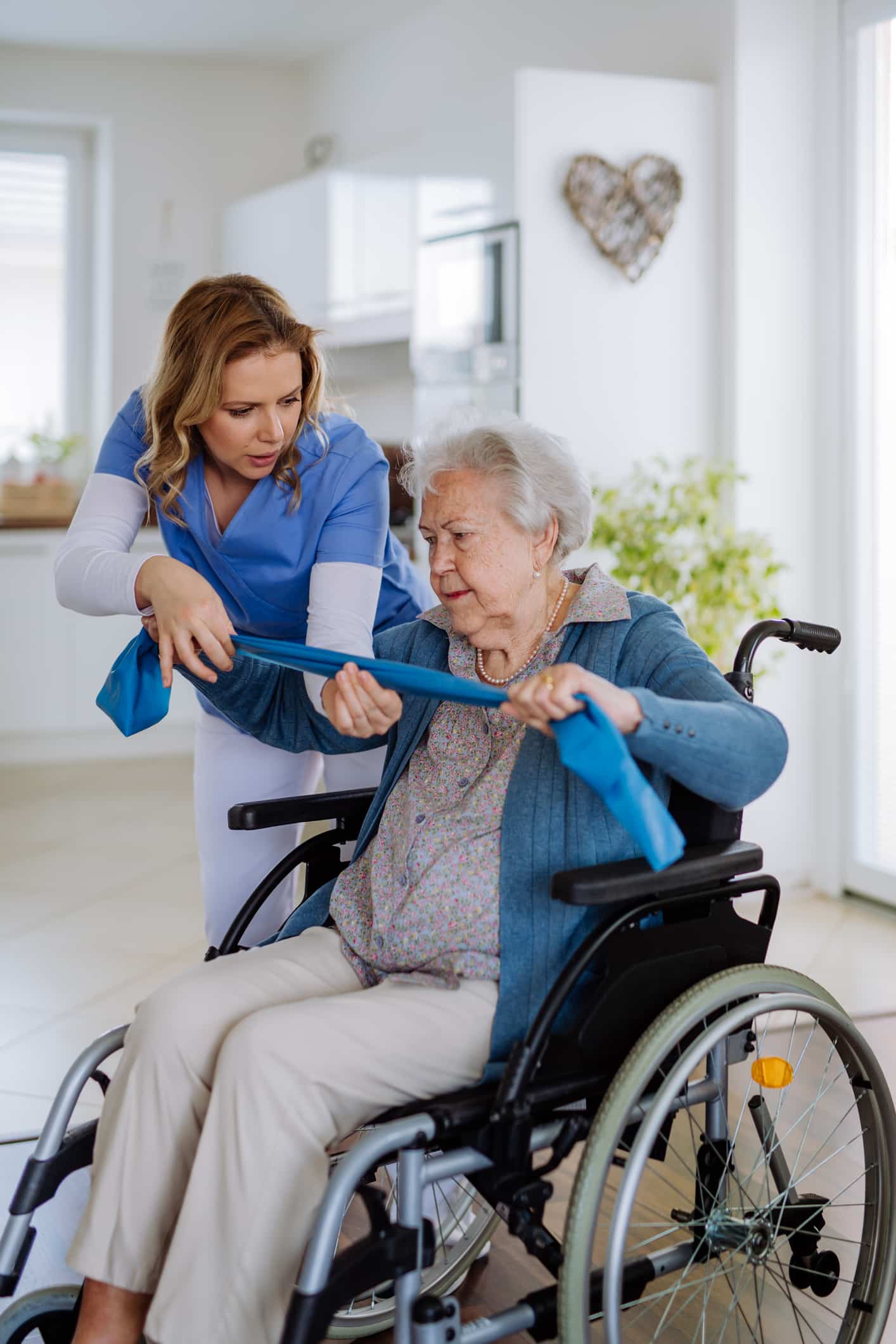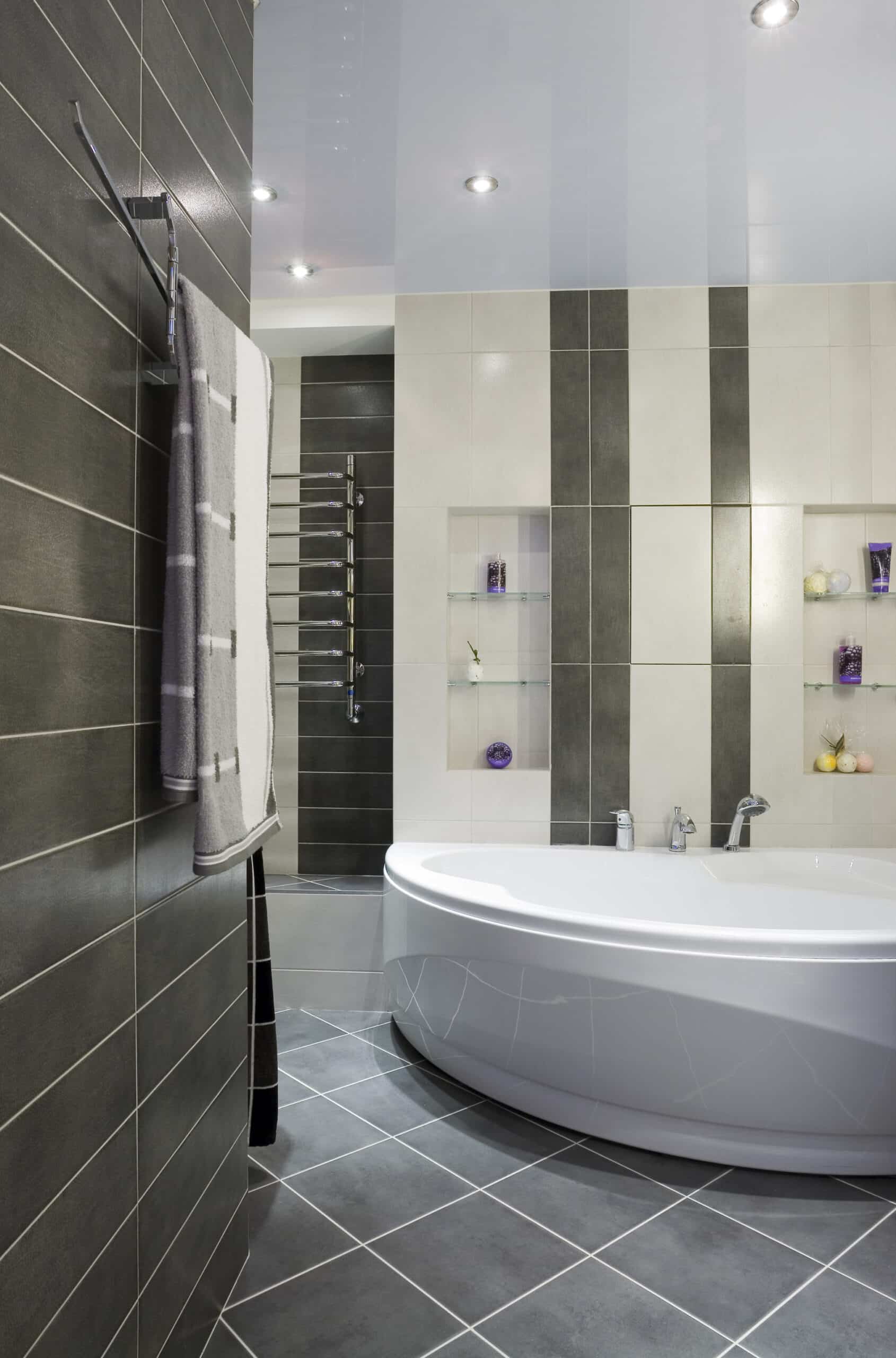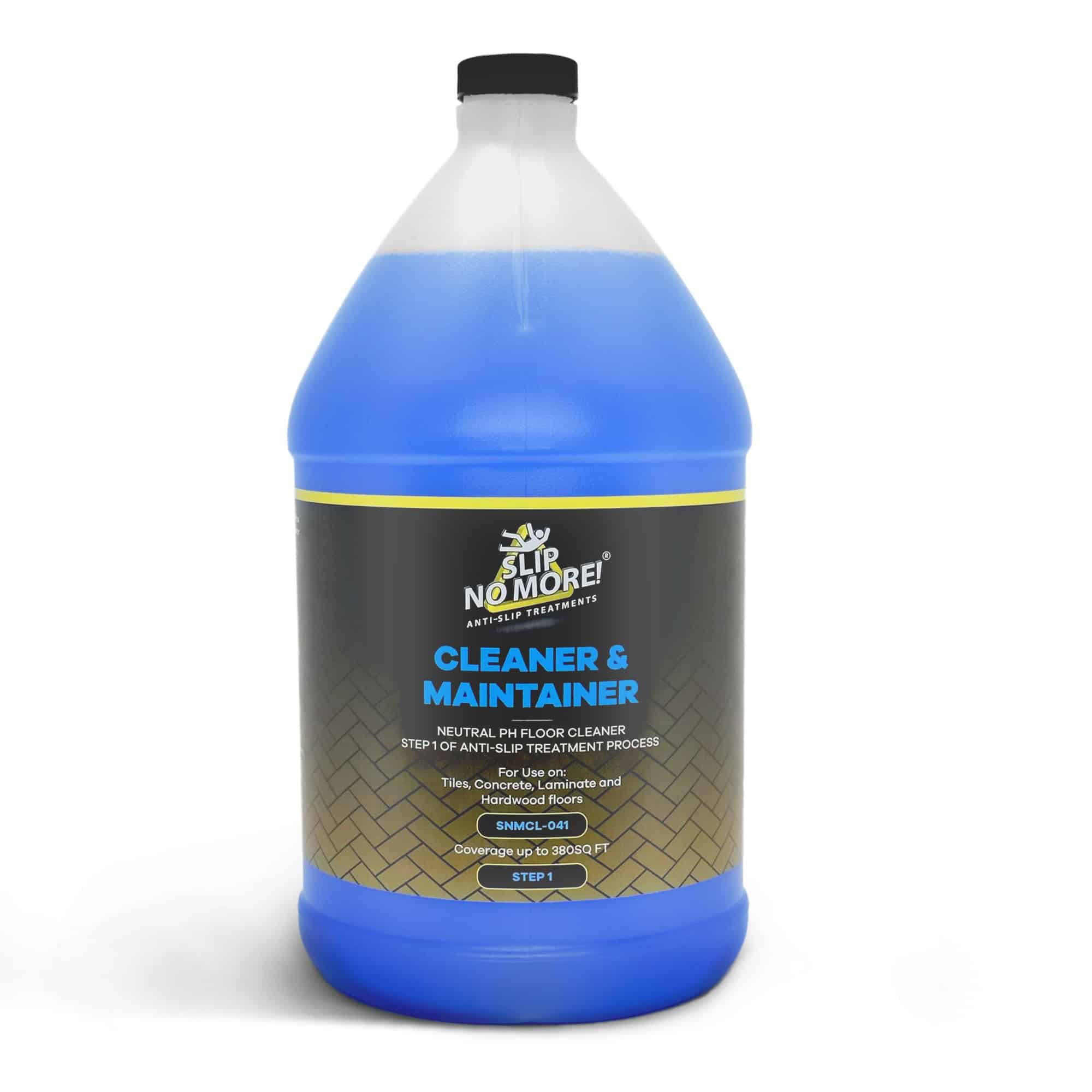In today’s fast-paced and hectic work environments, the safety of employees is paramount. Learning how to prevent slips, trips, and falls is essential. Employers must take proactive measures to prevent slips, trips, and falls.
In this article, we will outline five essential steps that every workplace can implement to ensure the safety of their employees and prevent slips, trips, and falls. From creating a culture of safety awareness to providing proper training and maintaining a tidy work environment, these steps will help you transform your workplace into a safer place for everyone.
By implementing these preventive measures, you protect your employees from potential harm and avoid workplace accidents’ financial and legal consequences. So, whether you are a small business owner or a manager in a large corporation, don’t miss the opportunity to make your workplace a safe and secure environment for everyone.
Join us as we explore these essential steps further and discover how to prevent slips, trips, and falls at your workplace, ensuring a safer and more productive work environment for all.
The importance of preventing slips, trips, and falls at the workplace.
Preventing slips, trips, and falls can seriously affect employees and employers. According to the Occupational Safety and Health Administration (OSHA), slips, trips, and falls account for many workplace injuries and fatalities annually. These accidents can result in broken bones, sprains, head injuries, and even death. Furthermore, they can lead to increased healthcare costs, lost productivity, and potential legal liabilities for employers.
To prevent slips, trips, and falls, it’s crucial to understand the common causes and hazards that contribute to these accidents in the workplace.
Common causes of slips, trips, and falls
Slips, trips, and falls can occur due to various factors. Some of the common causes that can prevent slips, trips, and falls include:
1. Wet or slippery surfaces: Spills, leaks, or wet floors can pose a significant risk to employees. Any wet surface can become a potential hazard, whether it’s a freshly mopped floor or a spill that hasn’t been cleaned promptly.
2. Uneven or damaged flooring: Cracked, uneven, or damaged flooring can cause employees to trip and fall. It’s essential to regularly inspect and maintain the flooring to identify and address any potential hazards.
3. Poor lighting: Insufficient lighting can make it difficult for employees to see potential hazards, increasing the risk of slips, trips, and falls. Proper lighting should be maintained in all areas, especially in stairwells, hallways, and walkways.
4. Cluttered work areas: Cluttered work areas can obstruct walkways and increase the chances of accidents. It’s essential to keep workspaces clean and organized and ensure that objects are stored in designated areas.
Now that we have identified the common causes of slips, trips, and falls, let’s explore the essential steps to prevent these accidents in the workplace.
Conducting a workplace hazard assessment
Before implementing any preventive measures, conducting a thorough workplace hazard assessment is crucial. This assessment involves identifying potential hazards and evaluating the risks associated with them. By performing a hazard assessment, you can prioritize and address your workplace’s most critical safety issues. This is a sure way to prevent slips, trips, and falls
To conduct a workplace hazard assessment, follow these steps:
1. Identify potential hazards: Walk through your workplace and identify any hazards contributing to slips, trips, and falls. This includes examining flooring, lighting, stairways, walkways, and work areas.
2. Assess the risk level: Once you have identified potential hazards, assess their risk level. Consider the likelihood of accidents occurring and the severity of the potential injuries.
3. Prioritize hazards: Based on the risk assessment, prioritize the hazards that pose the highest risk to your employees. This will help you allocate resources and implement preventive measures more effectively.
By conducting a workplace hazard assessment, you gain valuable insights into the specific areas that require immediate attention to prevent slips, trips, and falls.
Implementing measures to prevent slips, trips, and falls
Once you have identified the hazards in your workplace, it’s time to implement preventive measures. These measures are designed to prevent slips, trips, and falls and create a safer work environment for everyone.
Here are some essential preventive measures to consider:
Training employees on proper safety procedures
Proper training is crucial to ensure that employees know the risks associated with slips, trips, and falls and understand how to prevent them. Provide comprehensive training on safety procedures, including:
– Proper footwear: Train employees on wearing appropriate footwear with slip-resistant soles.
– Walking techniques: Teach employees proper walking techniques, such as taking small steps, using handrails on stairs, and being mindful of their surroundings.
– Reporting hazards: Encourage employees to report any potential risks, such as spills or damaged flooring.
– Emergency procedures: Provide training on emergency procedures, including evacuation routes and first aid measures.
You create a workplace safety awareness culture by empowering employees with the knowledge and skills to prevent slips, trips, and falls.
Maintaining a clean and organized work environment
A clean and organized work environment prevents slips, trips, and falls. Implement the following practices to maintain a tidy workplace:
Regular cleaning: Establish a schedule to ensure that spills, leaks, and debris are cleaned up promptly.
– Clear walkways: Clear walkways of clutter, equipment, and obstacles that may obstruct employees’ paths.
– Proper storage: Provide designated storage areas for tools, equipment, and personal belongings to prevent them from becoming tripping hazards.
– Signage: Use clear signage to indicate potential hazards, slippery surfaces, and restricted areas.
Maintaining a clean and organized work environment prevents slips, trips, and falls and creates a safer workplace.
Regular inspections and maintenance of flooring and walkways
Regular inspections and maintenance of flooring and walkways are essential to identify and address potential hazards. Implement the following practices:
– Inspections: Conduct regular inspections of flooring and walkways to identify any cracks, uneven surfaces, or damage that may pose a risk.
– Prompt repairs: Address any identified issues promptly, such as repairing cracks, replacing damaged flooring, or fixing uneven surfaces.
– Anti-slip measures: Consider implementing anti-slip measures, such as using slip-resistant mats or applying non-slip coatings on floors.
By proactively inspecting and maintaining your flooring and walkways, you minimize the risk of workplace slips, trips, and falls.
Reporting and investigating incidents
Encouraging employees to prevent slips, trips, and falls incidents is crucial for identifying potential hazards and preventing future accidents. Establish a reporting system that allows employees to report incidents anonymously. Investigate each incident thoroughly to determine the root cause and implement corrective actions.
By reporting and investigating incidents, you create a feedback loop that helps you continuously improve safety measures in your workplace.
Creating a safety culture in the workplace
Lastly, creating a safety culture is essential for preventing slips, trips, and falls in the long run. A safety culture promotes all employees’ active involvement and commitment to prioritize safety in their daily work activities.
Here are some strategies to foster a safety culture:
– Leadership commitment: Ensure management and supervisors prioritize safety and lead by example.
– Communication: Regularly communicate safety policies, procedures, and updates to all employees.
– Employee engagement: Involve employees in safety committees, training programs, and safety improvement initiatives.
– Recognition and rewards: Recognize and reward employees who actively contribute to maintaining a safe work environment.
Creating a safety culture establishes a foundation for sustained safety practices and reduces the risk of workplace slips, trips, and falls.
Conclusion on how to prevent slips, trips, and falls
Employers should be responsible for seriously preventing workplace slips, trips, and falls. By implementing the five essential steps outlined in this article, you can create a safer work environment for your employees and reduce the risk of accidents and injuries. From conducting a workplace hazard assessment to implementing preventive measures, training employees, and fostering a safety culture, these steps will help you prevent slips, trips, and falls.
Remember, prevention is always better than cure. Investing in safety measures today protects your employees from harm and safeguards your business from financial and legal consequences. So, prioritize safety, follow these essential steps, and make your workplace a safe and secure environment for everyone. Together, we can prevent slips, trips, and falls and create a safer and more productive work environment.
Types of slip prevention products
Four main categories of injury prevention products increase the safety of your floors. When selecting slip-prevention products, always ask a specialist who can guide you. There are different products to prevent slips, trips, and falls.
Anti-Slip Treatments: These products are the best defense against slippery tiles. They are a sure way to increase the safety of your tiles. Used indoors and outdoors, they last for years. An important note is that they only work on unsealed tiles.
Non-Slip Coatings: Perfect for high-traffic and low-traffic areas. Always choose the right product for your use.
Anti-Slip Tape: A versatile product that is used on stairs and ramps. Anti-slip tape is excellent indoors and outdoors and works on many different surfaces.
Cleaning and Maintenance Products: These products should be of the highest quality. Be sure to check the cleaning recommendations of the floor safety products that you have installed.
About Slip No More
With more than 15 years of experience in the slip-prevention industry, our products prevent slips, trips, and falls Specializing in floor safety, the company has become synonymous with reliable solutions for preventing slips and falls.
Slip No More offers various anti-slip products designed for different surfaces.
As part of our global expansion strategy, we actively engage with our audience on various social media platforms. Slip No More maintains a strong presence on platforms like Facebook, Instagram, Twitter, Linked In, and YouTube. We love connecting with customers and sharing valuable insights on safety measures. This strategic use of social media fosters brand awareness and allows us to interact directly with our diverse customer base.
If you found this article helpful, take a look at our related articles:
